Focus Stacking via Slide v2
Here is an overview of the structure. The individual macro intermediate rings were exchanged for a tube system from Stonemaster. An opal dome was attached to the end of the tube. A Neewer ring light was attached above the dome. It can be powered either by individual batteries or a power supply unit. The ring light is attached to the tube with a special adapter. 2 iShoot Universal 150 mm Macro Focusing Rail Slider were put together to form an x-y cross table. A flat, white bowl serves as background and as object carrier.
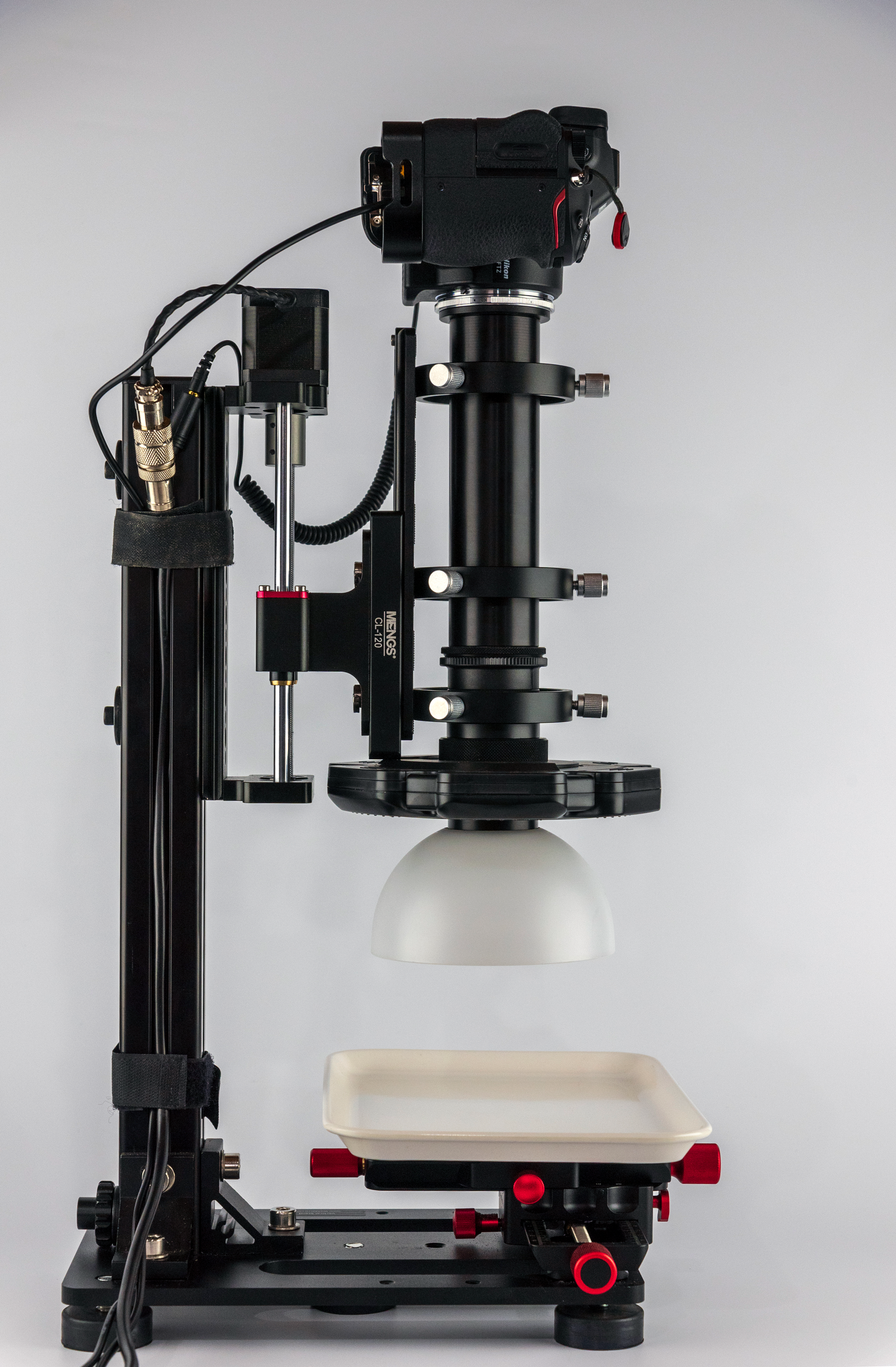 |
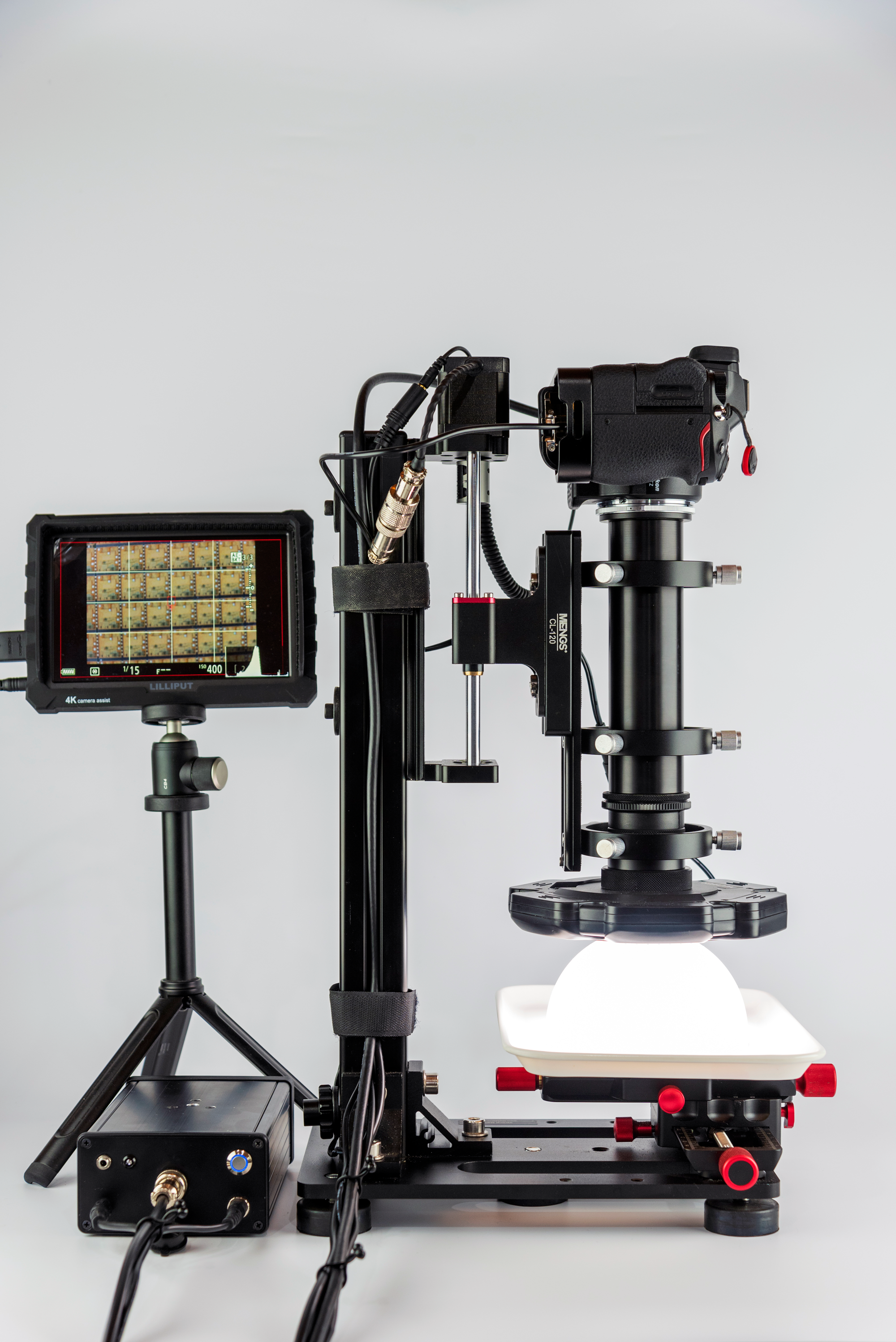 |
Photography & Project by panoplace.com & Stefan Dungs
The Stackmaster Controller R1 controlles the steppermotor of the Wemacro rail system and triggers the camera. I connect either a laptop or a tablet via the build-in WiFi of the controller to control the slide and the differend automatic function.
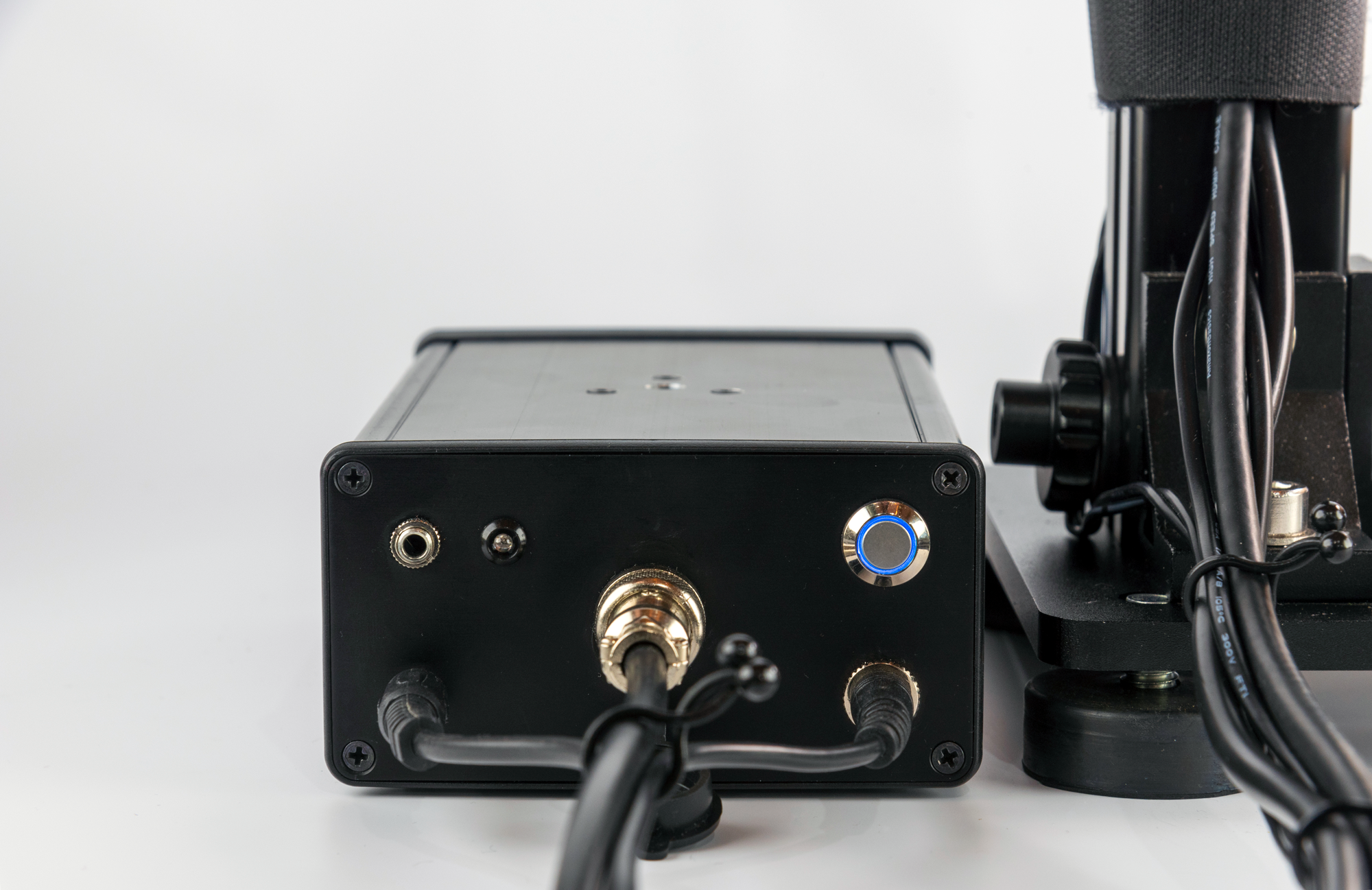 Photography & Project by panoplace.com & Stefan Dungs
Photography & Project by panoplace.com & Stefan Dungs
A black Lilliput A7S 7-inch 1920x1200 IPS 4K Screen Field Monitor attached via HDMI Video cable to my Nikon Z6 serves as a control monitor. Unfortunately, the protective film in front of the monitor has suffered somewhat over time.
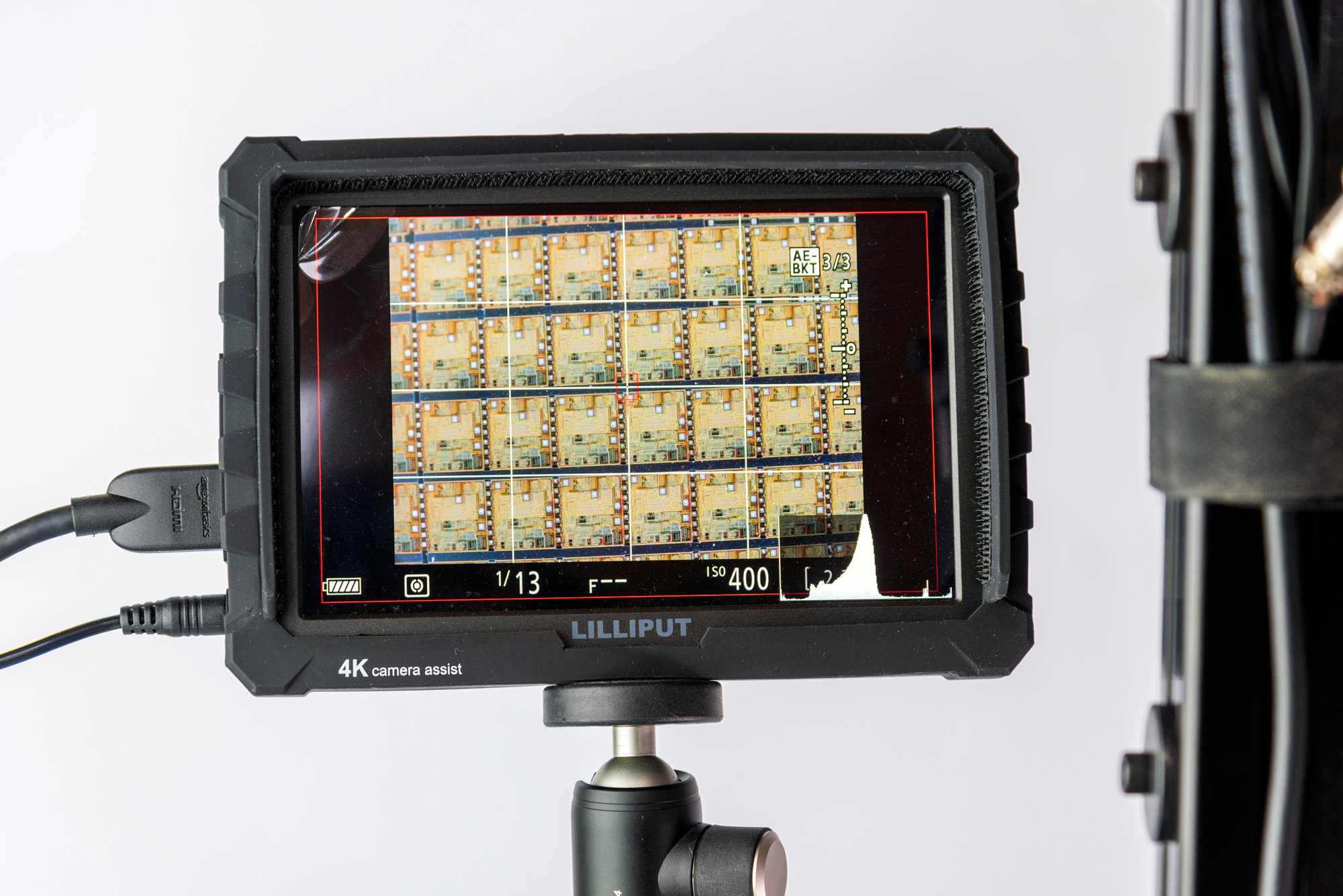 Photography & Project by panoplace.com & Stefan Dungs
Photography & Project by panoplace.com & Stefan Dungs
An adapter set for the Raynox lenses DCR-150 was mounted at the end of the tube system. The clamping system keeps the system aligned and in position.
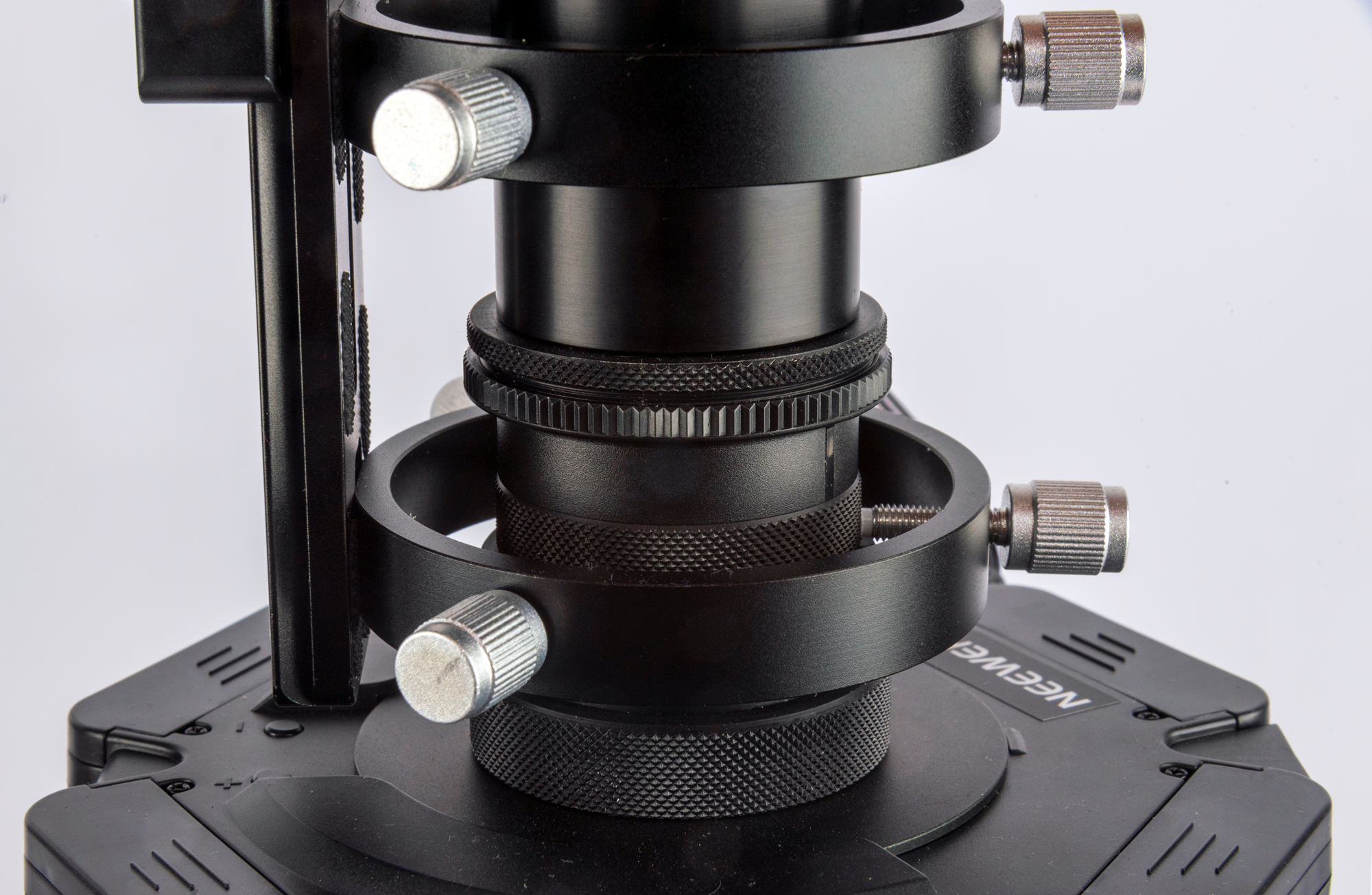 Photography & Project by panoplace.com & Stefan Dungs
Photography & Project by panoplace.com & Stefan Dungs
I use a Godox AD-S17 Wide Angle Diffuser Shadow Dome with a matching hole to be able to immerse the tubus with the microscope objective. The ring light is attached to the tube with a special adapter above the dome.
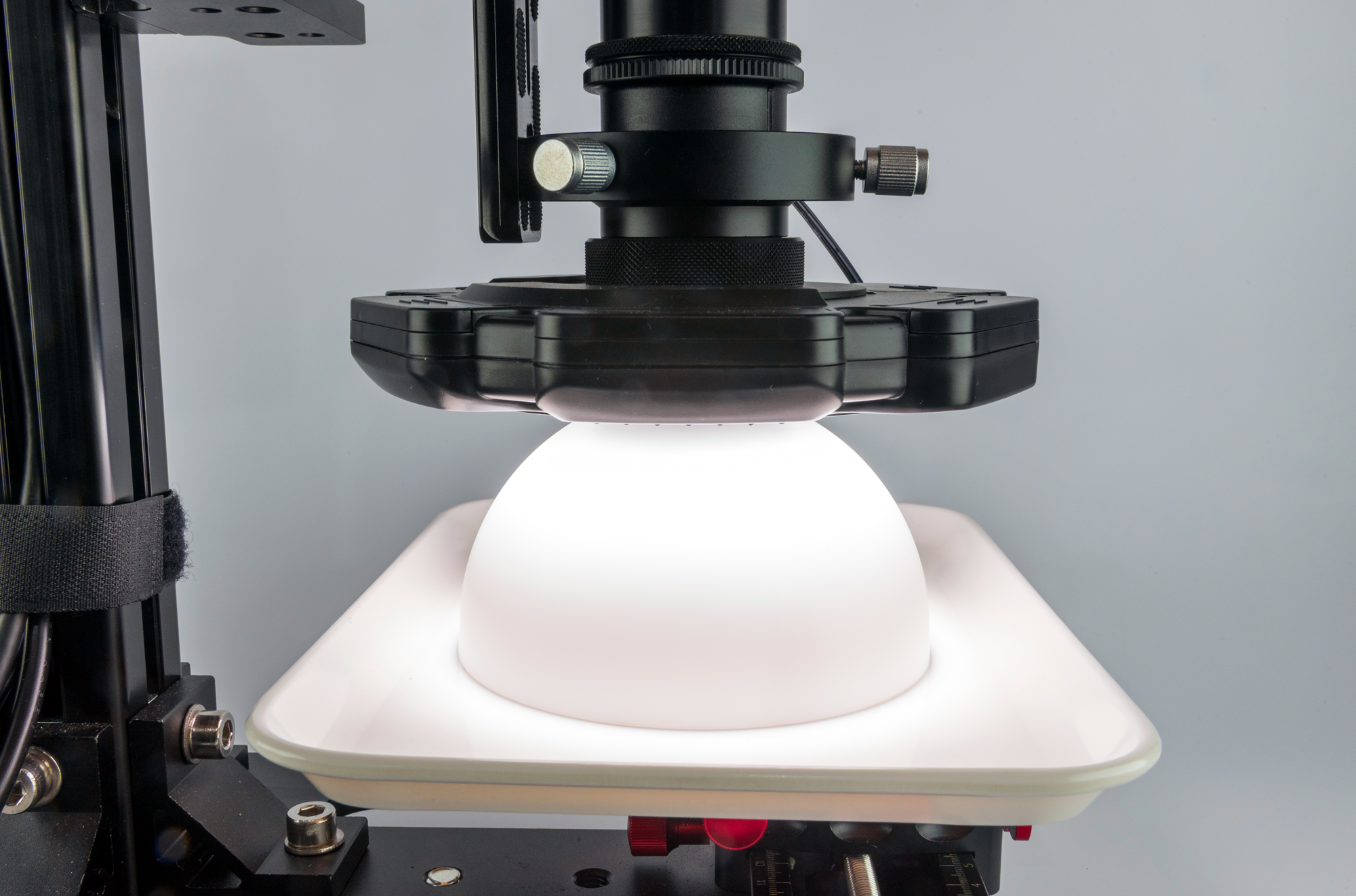 Photography & Project by panoplace.com & Stefan Dungs
Photography & Project by panoplace.com & Stefan Dungs
Here is a view of the lens inside the dome and the object, a part of a silicon wafer. You can clearly see the small working distance of 0.65mm.
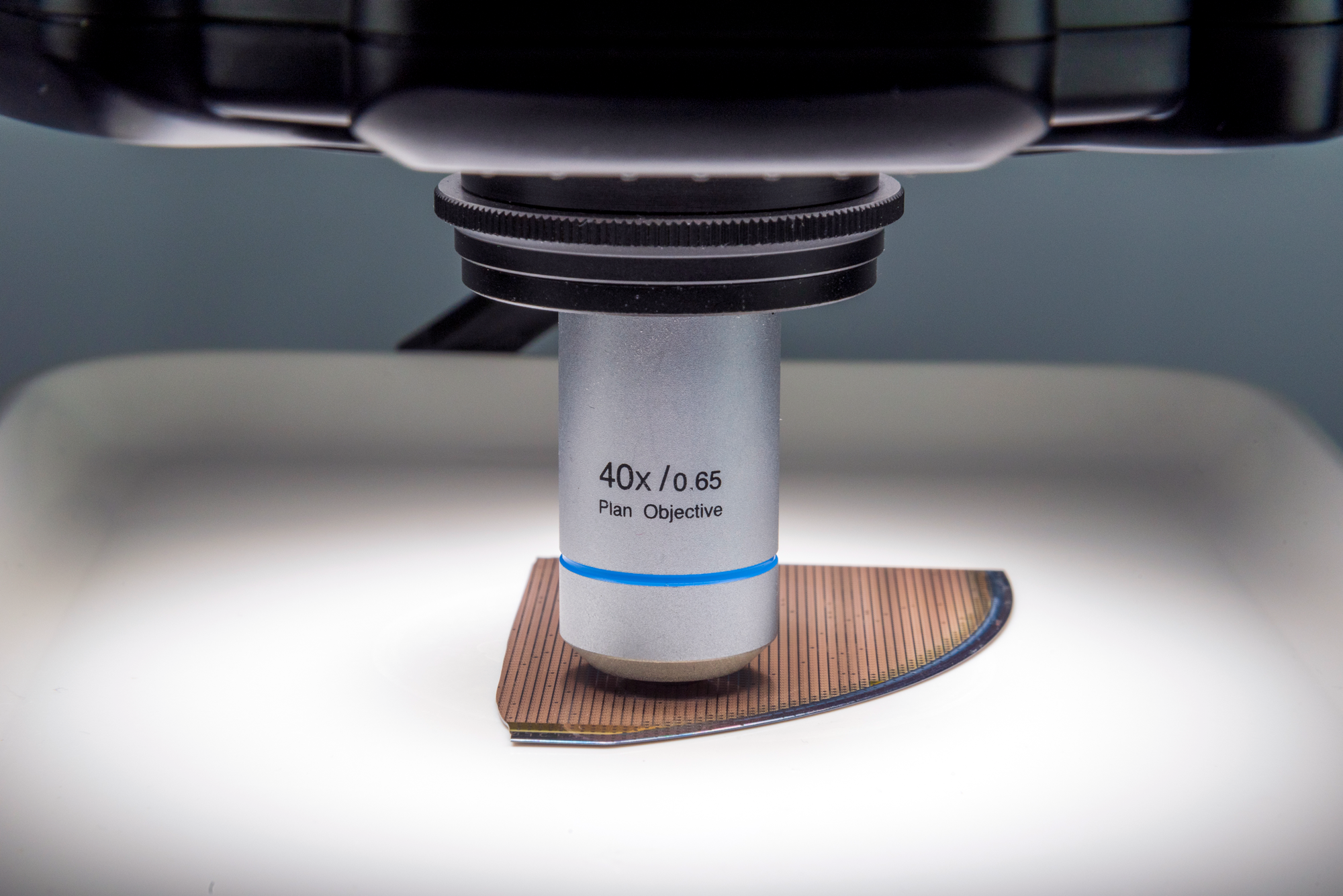 Photography & Project by panoplace.com & Stefan Dungs
Photography & Project by panoplace.com & Stefan Dungs
Focus stacking (also known as focal plane merging and z-stacking or focus blending) is a digital image processing technique which combines multiple images taken at different focus distances to give a resulting image with a greater depth of field (DOF) than any of the individual source images. Focus stacking can be used in any situation where individual images have a very shallow depth of field. The individual images are stacked together via Helicon Focus to form a sharp image.
![]() Photography & Project by panoplace.com & Stefan Dungs
Photography & Project by panoplace.com & Stefan Dungs
The finished image is sharpened, contrast and colour optimised in Photoshop and, if necessary, straightened.
![]() Photography & Project by panoplace.com & Stefan Dungs
Photography & Project by panoplace.com & Stefan Dungs
This is a fullview of the silicon wafer.
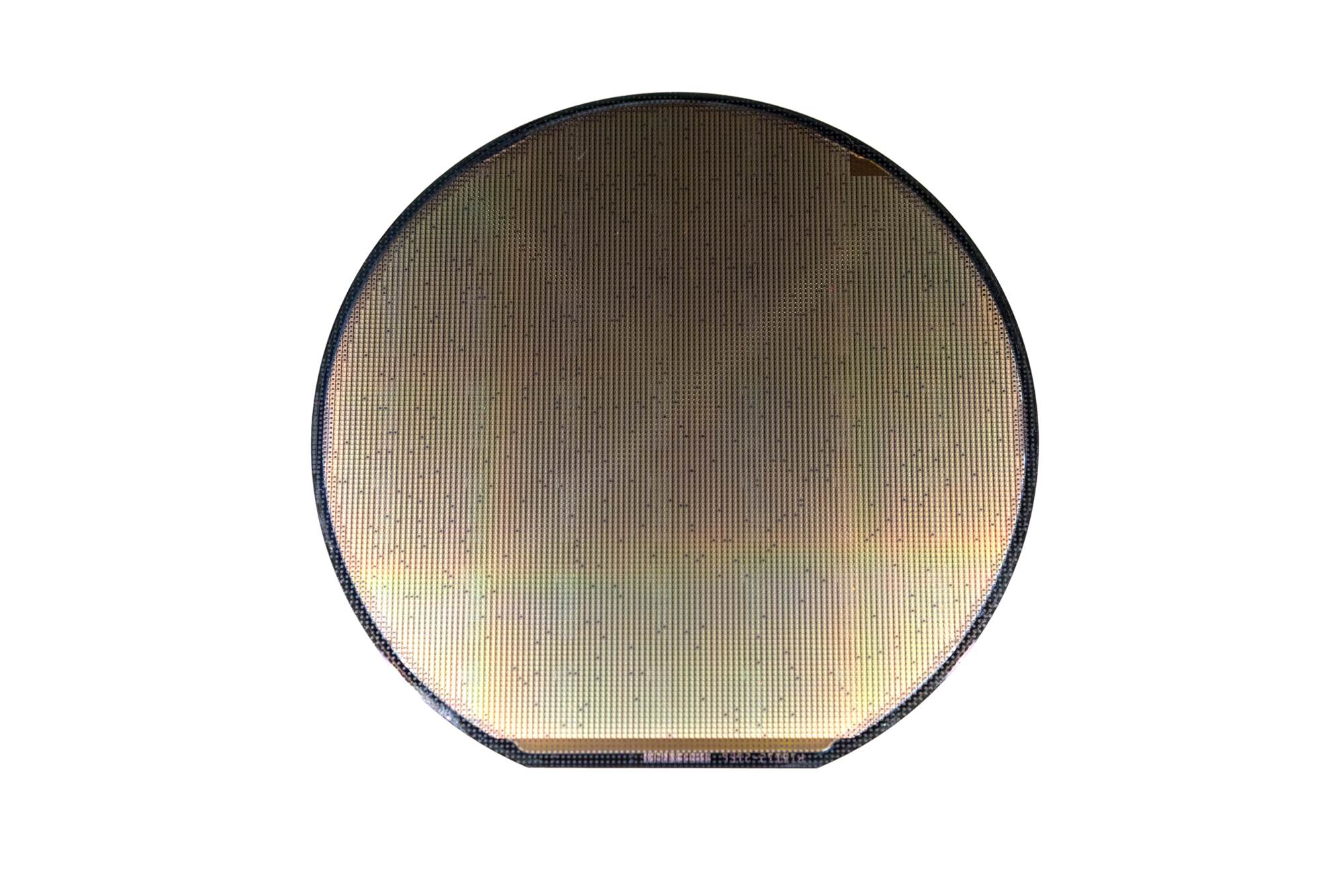 Photography & Project by panoplace.com & Stefan Dungs
Photography & Project by panoplace.com & Stefan Dungs
